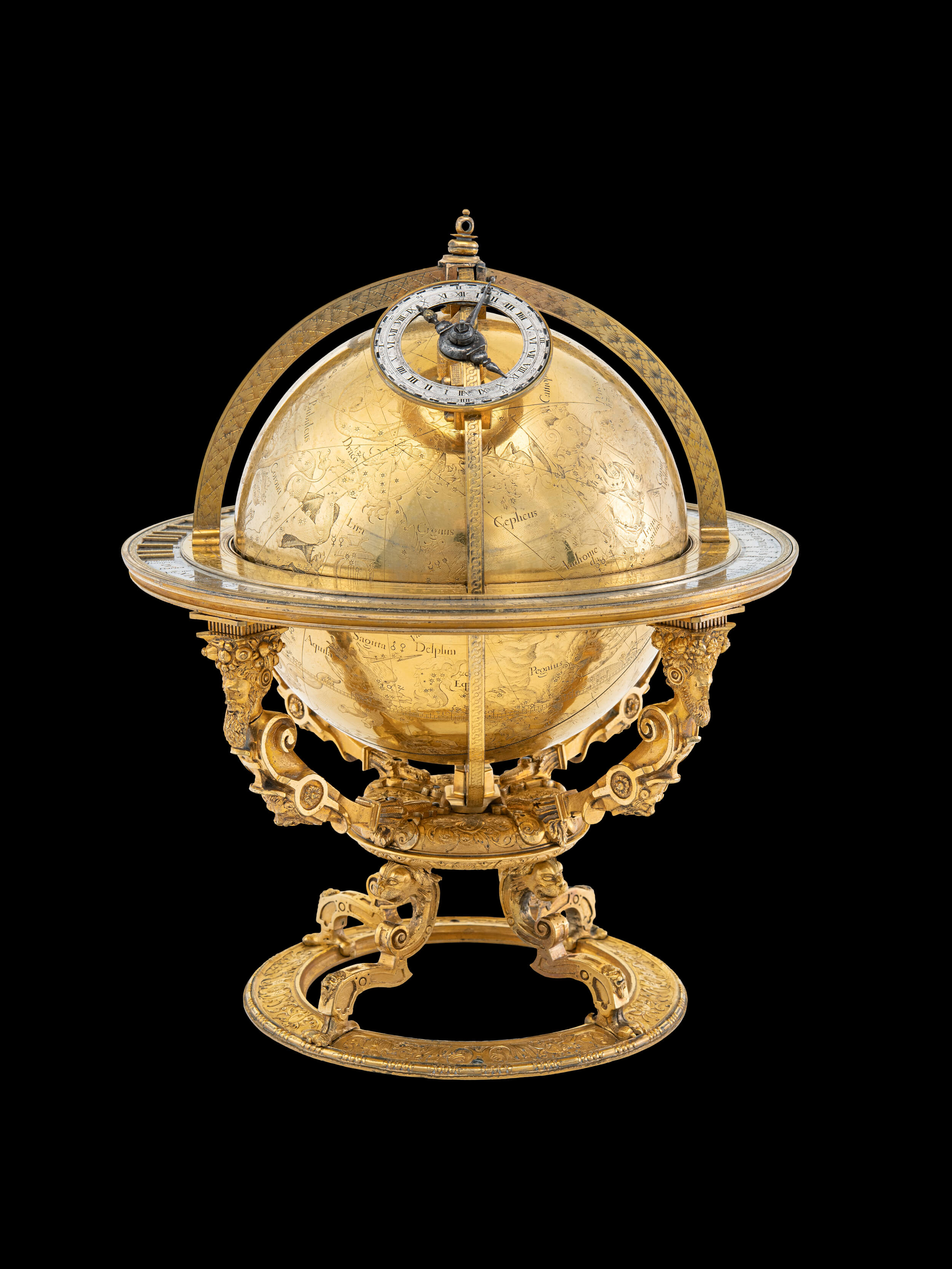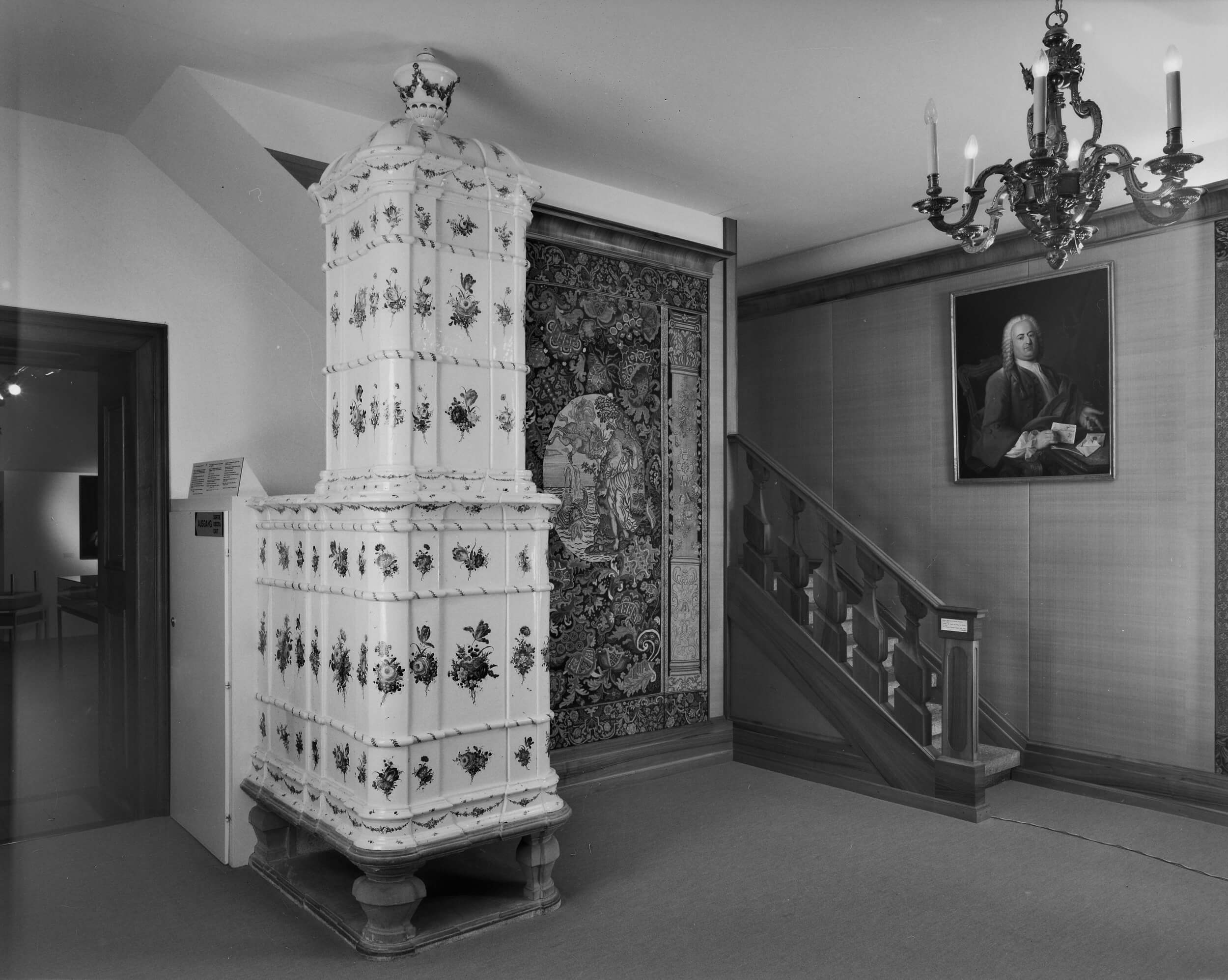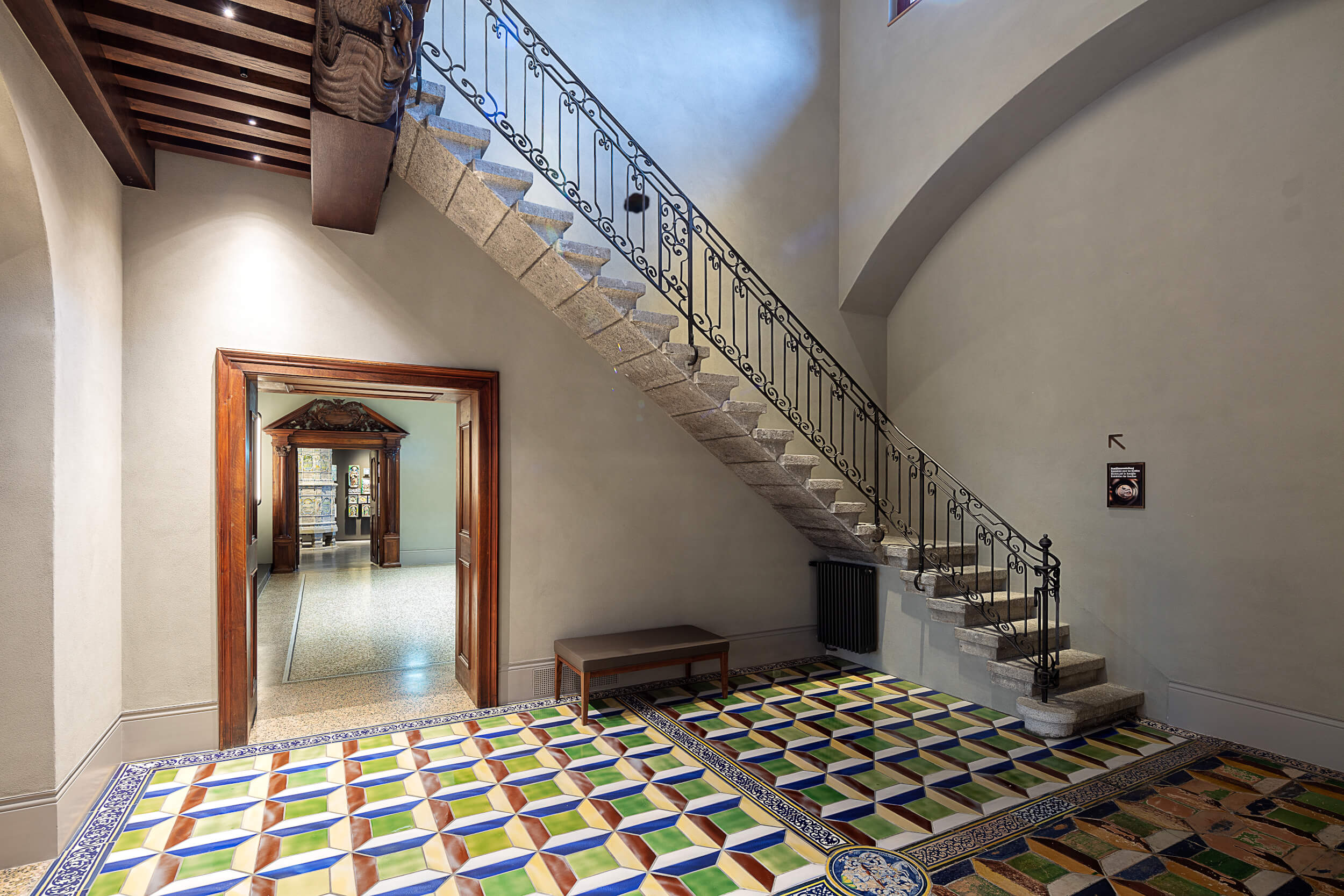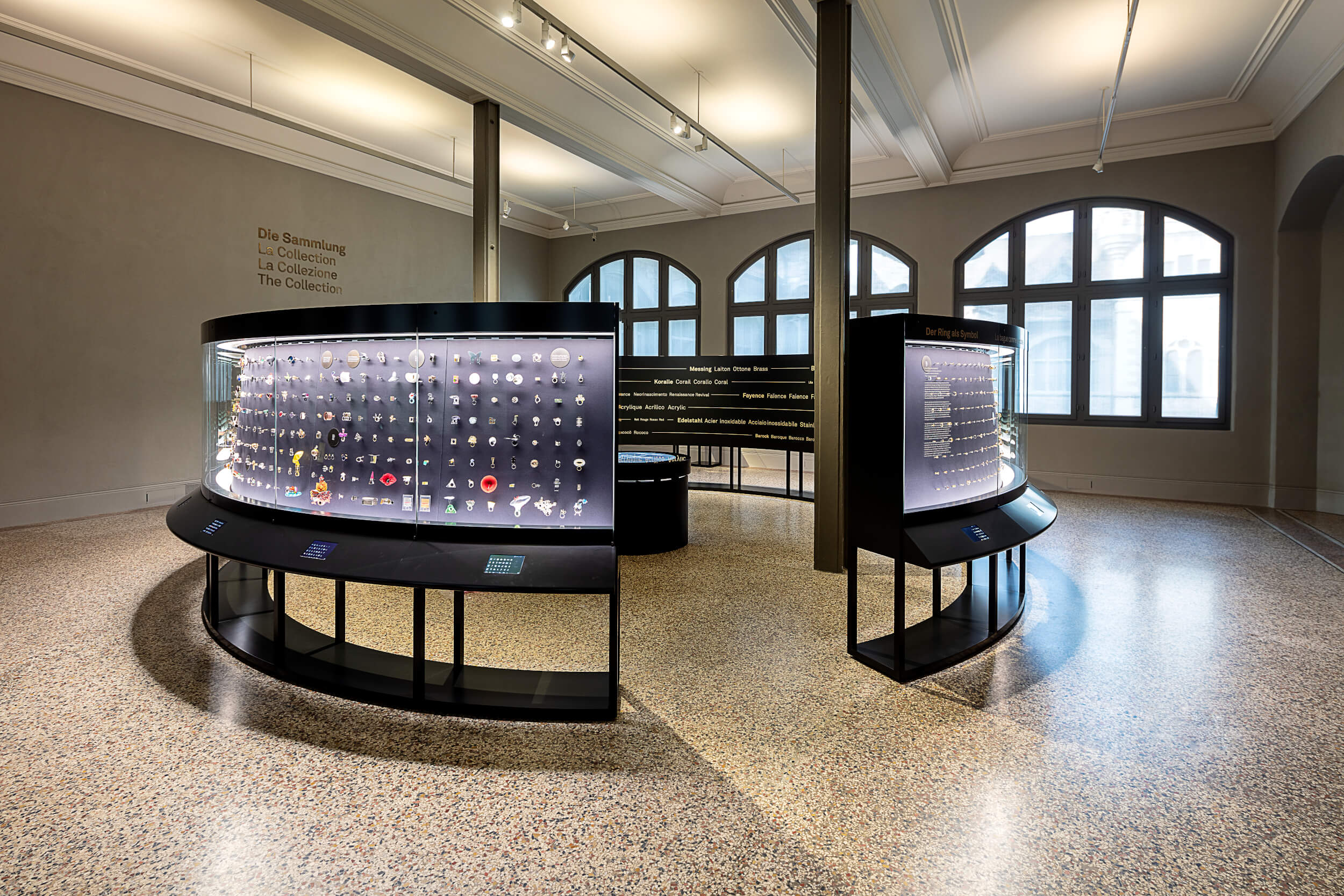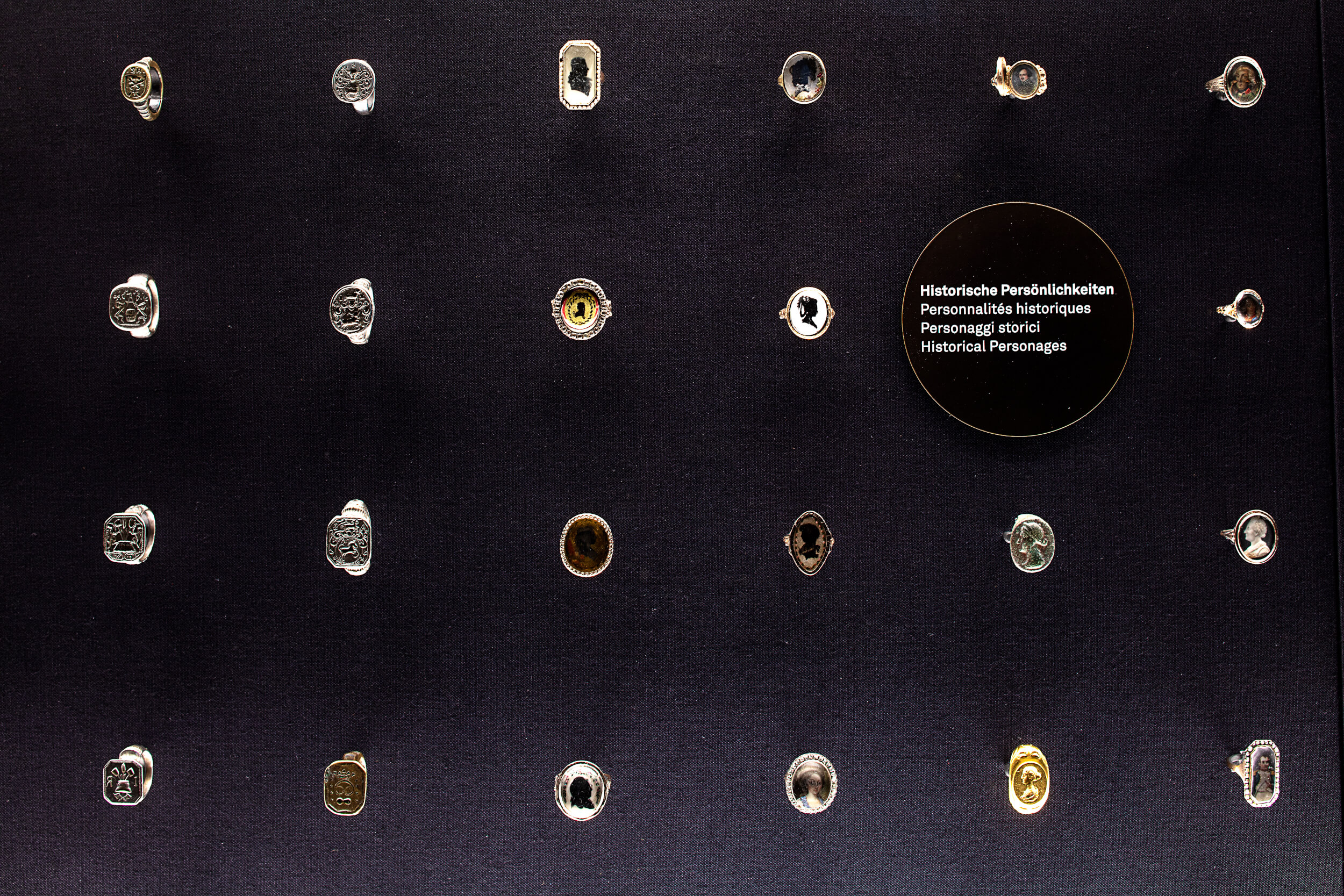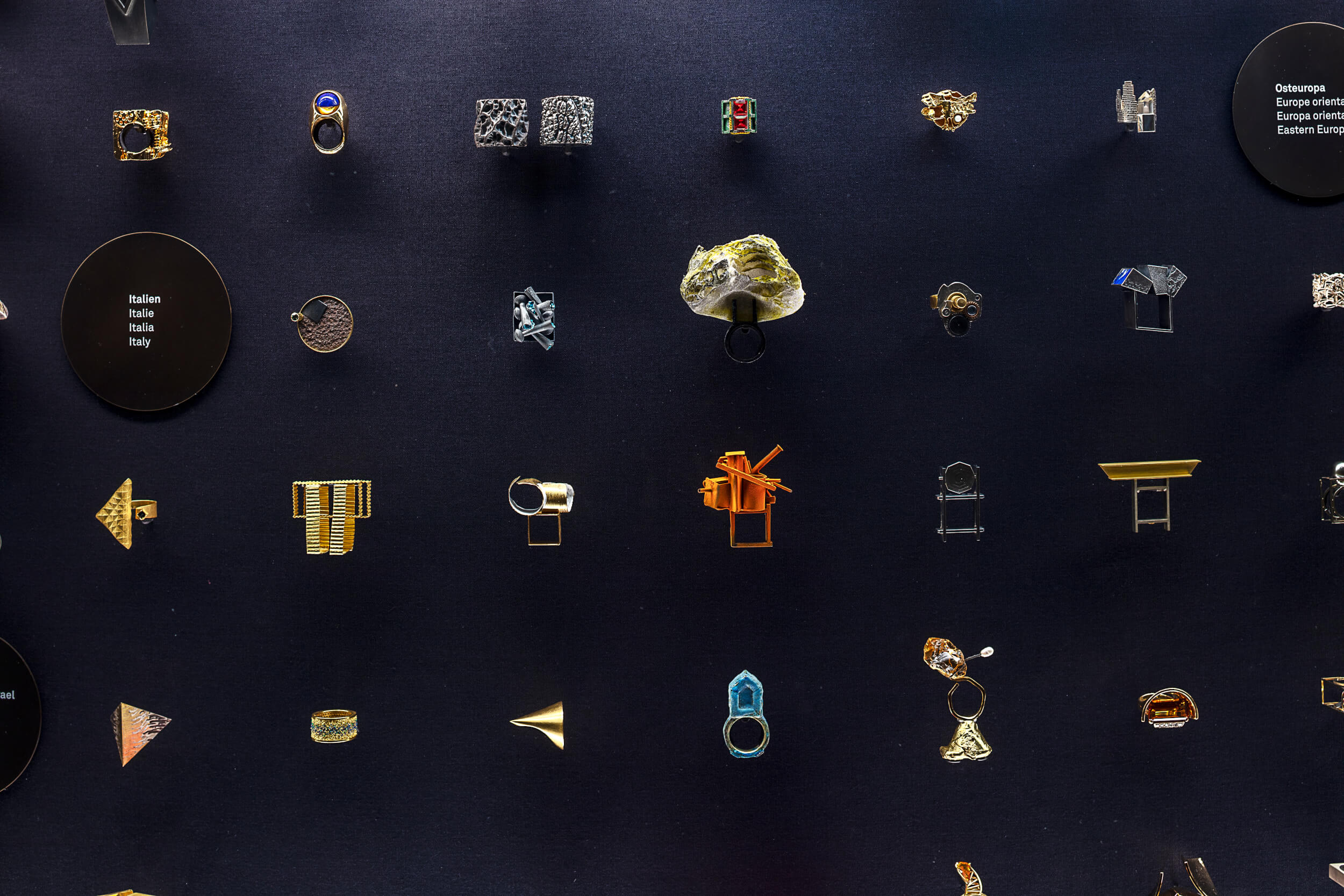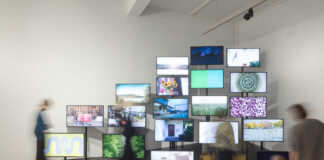
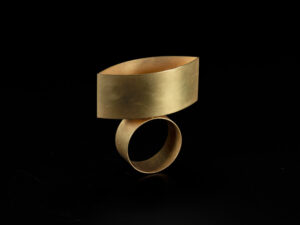
The renovation of the West Wing of the National Museum Zurich is now complete. This wing of the building has been restored to its 1898 condition and equipped with state-of-the-art technology. The result is a chamber of treasures that brings together the best objects from every era.
The renovation of the historically unique West Wing was also a return to the origins of the National Museum. Designed by Gustav Gull and opened in 1898, the building was constructed at the height of the historicist period. During this particular epoch, architecture combined a range of different historical styles, while also creating new elements and adding them to the overall appearance. This diversity of styles made the renovation of the building extremely challenging.
In close cooperation with the cantonal department responsible for the preservation of historic monuments, it has been possible to restore large parts of the West Wing to their original 1898 condition. However, this required not only an in-depth consideration of the building’s architecture, which is based on different eras from one room to the next, but also a re-examination of the way in which the Museum’s exhibits are presented. Presentation played a critical role in the Museum’s construction, more than 120 years ago: at that time, space and object were considered as a single entity. Gustav Gull more or less built the exhibition spaces around the exhibits on show, creating a historically dense ambience which facilitated access to the past and brought history to life.
However, the result is not a mere homage to the past; rather, very much in line with the historicist style, it is a return to historical vigour. These strengths have been complemented with the latest technology. Architects Christ & Gantenbein reconstructed original floors and adapted them to modern-day requirements, uncovered lightwells, and opened windows that had been bricked up over the past few decades. They also revealed long-forgotten paintings, bringing them back to the light of day. The result is a beautifully crafted chamber of Switzerland’s treasures that will delight both museum lovers and architecture enthusiasts.
The Alice and Louis Koch Collection comprises over 2,500 rings and spans from ancient Egypt to the Romans, the Middle Ages until today. A choice of this collection is part of the new permanent exhibition “The Collection”.
More information about the collection in the west wing is available on the website of the National Museum Zurich.
There you can also find more information about the current exhibitions.
The exhibition was stage-managed by the Atelier Brueckner.
In 2011, CoinsWeekly interviewd Eberhard Schlag, one of management partners of Atelier Brückner, on how to put numismatic objects in the proper light in exhibitions.




